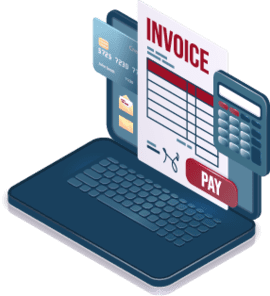Main shipping ports in India
Port of Nhava Sheva Jawaharlal Nehru Port
Location and Volume: Located in the Maharashtra state on the west coast of India near Mumbai, this port is essential for its close proximity to the commercial capital of India. It handles a shipping volume of above 5,68 million TEU annually.
Key Trading Partners and Strategic Importance: Major trading partners include countries from the ASEAN community, US, and also the Middle-Eastern region. The port is also strategically important as it handles around 40% of India's maritime trade.
Context for Businesses: If you're looking to extend your trading ties with the South-East Asian nations or want a resourceful entry-point into the Indian subcontinent markets, Port of Nhava Sheva should be taken into consideration given its immense volume handling capacity and well-established trade routes.
Port of Mundra
Location and Volume: Situated on the north shores of the Arabian Sea in the Gujarat state, Port of Mundra is now India's largest commercial port. The port's annual shipping volume amounted to over 7 million TEU in 2020.
Key Trading Partners and Strategic Importance: Key trade partners for the Port of Mundra include countries in the Middle East such as UAE and Saudi Arabia, along with other commercial heavyweights such as the United States and China. Owing to its world-class facilities, it plays a significant role in handling the country's bulk cargo movement.
Context for Businesses: Port of Mundra’s modern infrastructure makes it an excellent choice for businesses looking to maximize efficiency in the shipment processes not only to India but also for the trade with Middle Eastern countries.
Port of Chennai
Location and Volume: The Port of Chennai, one of the oldest ports in India, is located in the Coromandel Coast in South-East India. It handles a shipping volume of approximately 1.45 million TEU per year.
Key Trading Partners and Strategic Importance: The port serves as a hub for trade with countries in the Bay of Bengal connect such as Bangladesh, Myanmar, and Thailand. It also holds strategic importance due to its well-built container and cargo terminals.
Context for Businesses: If you're seeking a deep-water port with excellent connectivity that supports a wide array of cargo types, then the Port of Chennai is your go-to, given its solid infrastructure and location benefits.
Port of Visakhapatnam
Location and Volume: Situated on the east coast of India, the Port of Visakhapatnam handles over 72.72 million TEU annually making it one of the leading maritime gateways to India from the east.
Key Trading Partners and Strategic Importance: Key trading partners include Singapore, China, Malaysia, and the US. It's strategically important for being centrally located in South Asia, providing direct access to major sea routes.
Context for Businesses: Considering growth opportunities in the far eastern countries or ASEAN market? Then you might want to focus on Port of Visakhapatnam due to its strategic location and good sea-connectivity.
Port of Haldia
Location and Volume: Located in the Hooghly Estuary, West Bengal, Port of Haldia commands a high volume of shipping trade across the eastern part of India, dealing with a volume of around 45.24 million TEU yearly.
Key Trading Partners and Strategic Importance: Major trading partners of Port of Haldia primarily include countries from South-East Asia, Middle-East, and also Europe. It's crucial strategically handling the majority of Nepal's trade.
Context for Businesses: If you're planning to exploit the growing markets in the eastern region of India or prefer a port that excels in handling chemical cargo, then Port of Haldia should be in your playbook for its links to major national markets and eminent chemical and petrochemical clusters in its influence zone.
Port of Kandla
Location and Volume: Positioned in the Gulf of Kutch in the Gujarat state, Port of Kandla is one of the biggest and busiest ports, dealing with a shipping volume of over 135 million TEU.
Key Trading Partners and Strategic Importance: Juxtaposing trade with countries in the Middle East and Africa, it is of strategic national importance being the largest port by volume for goods mainly grains and salt.
Context for Businesses: Looking to ship largely volumetric goods or need a reliable point for imports and exports in the west? The Port of Kandla, with its built-in capacity for bulk cargo – especially grains, salt, and textiles, may be the optimal port for your operations.
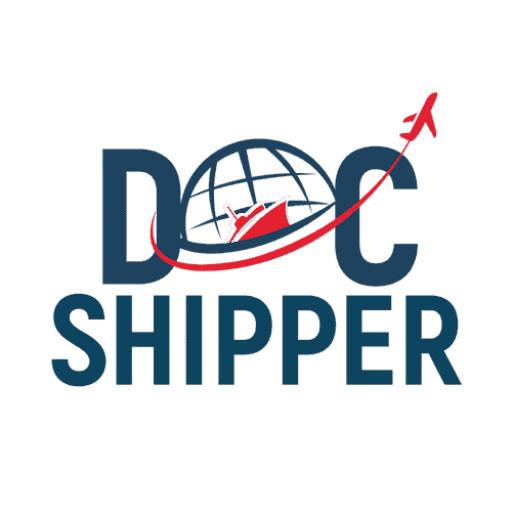

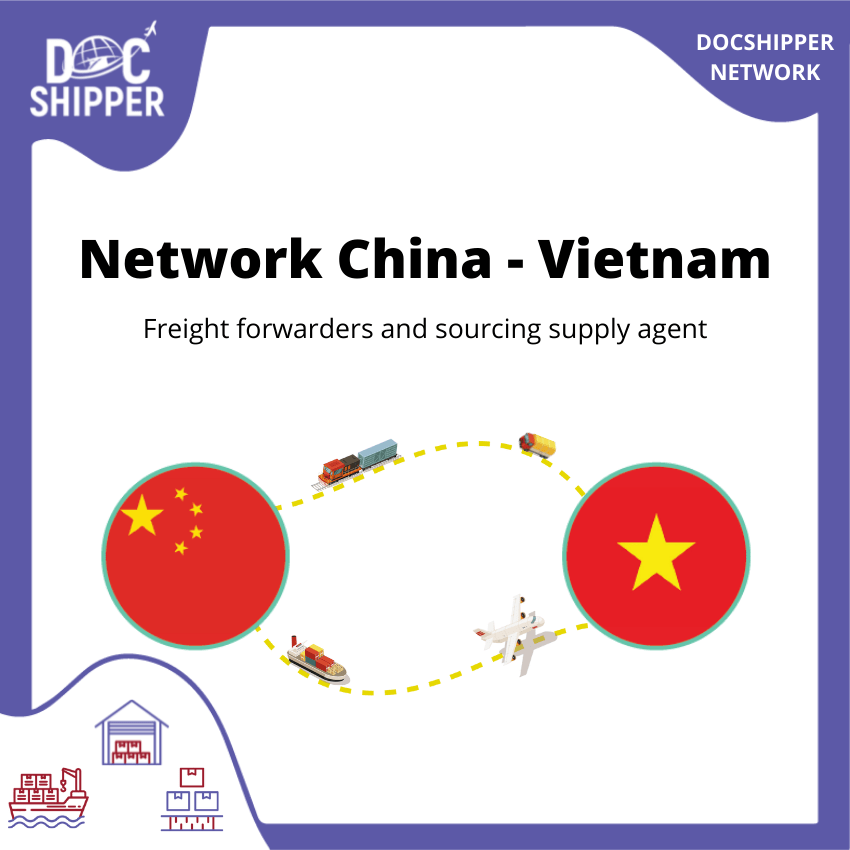
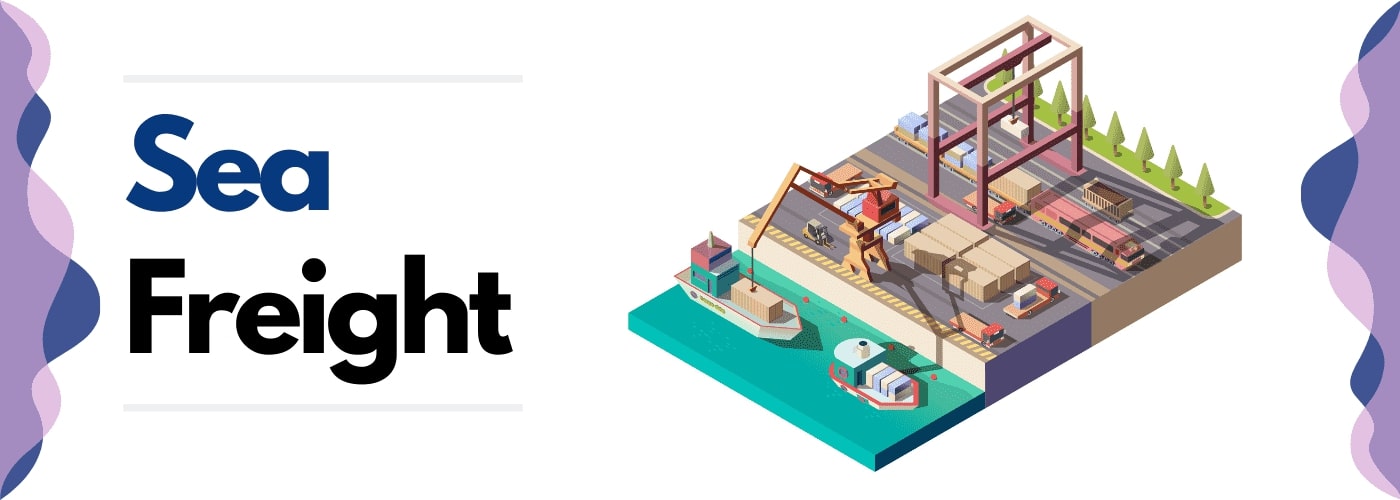
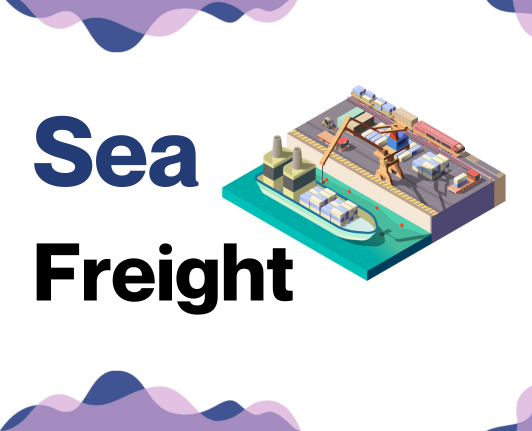
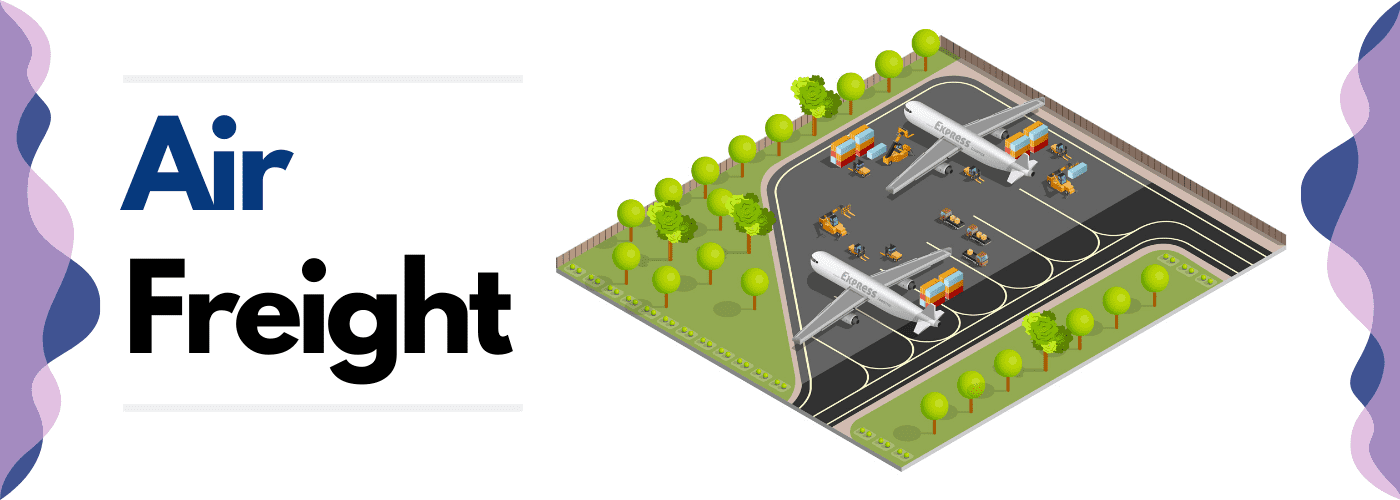
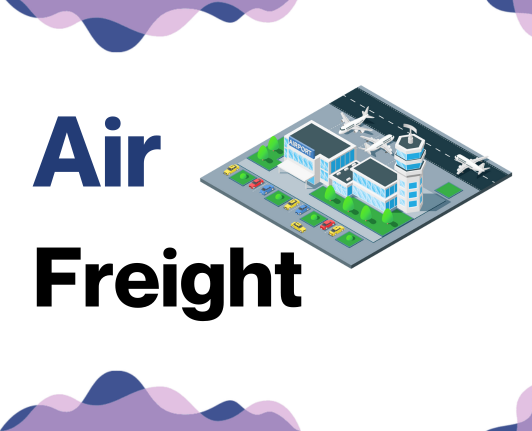


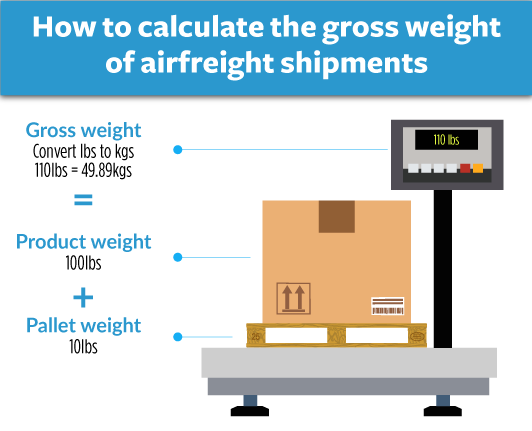
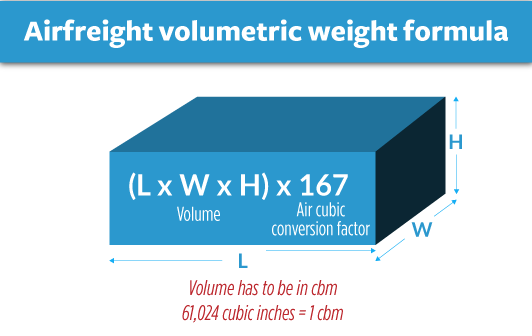
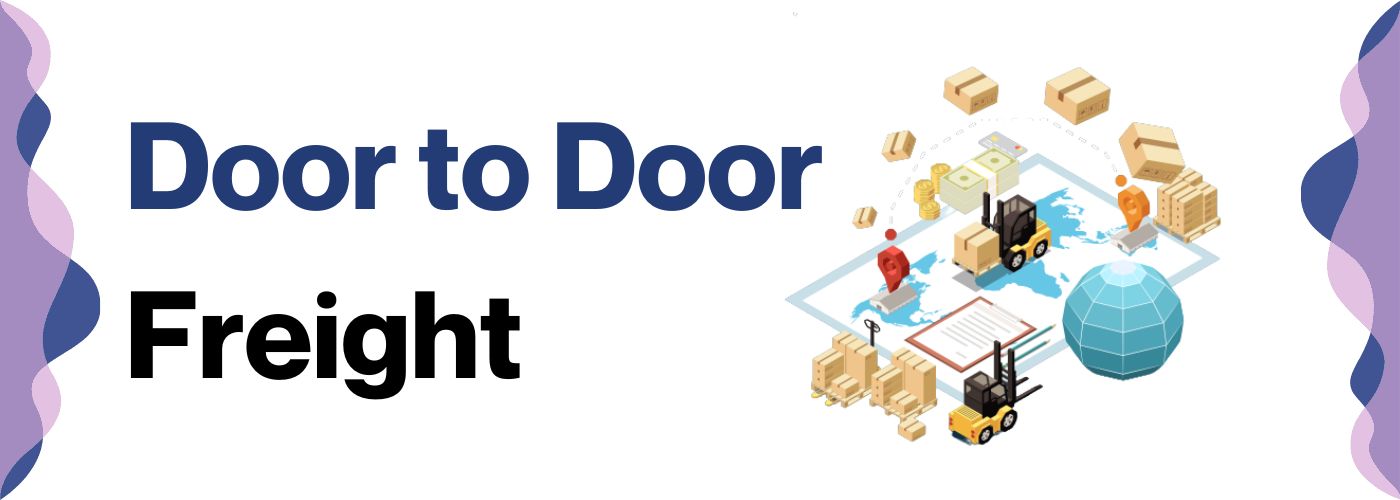

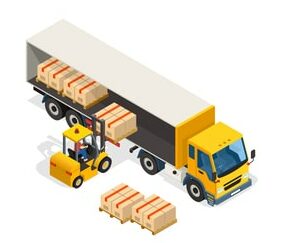

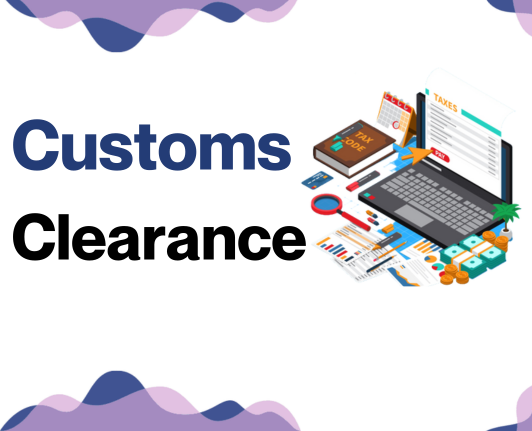

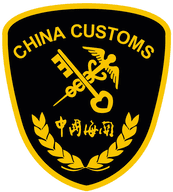







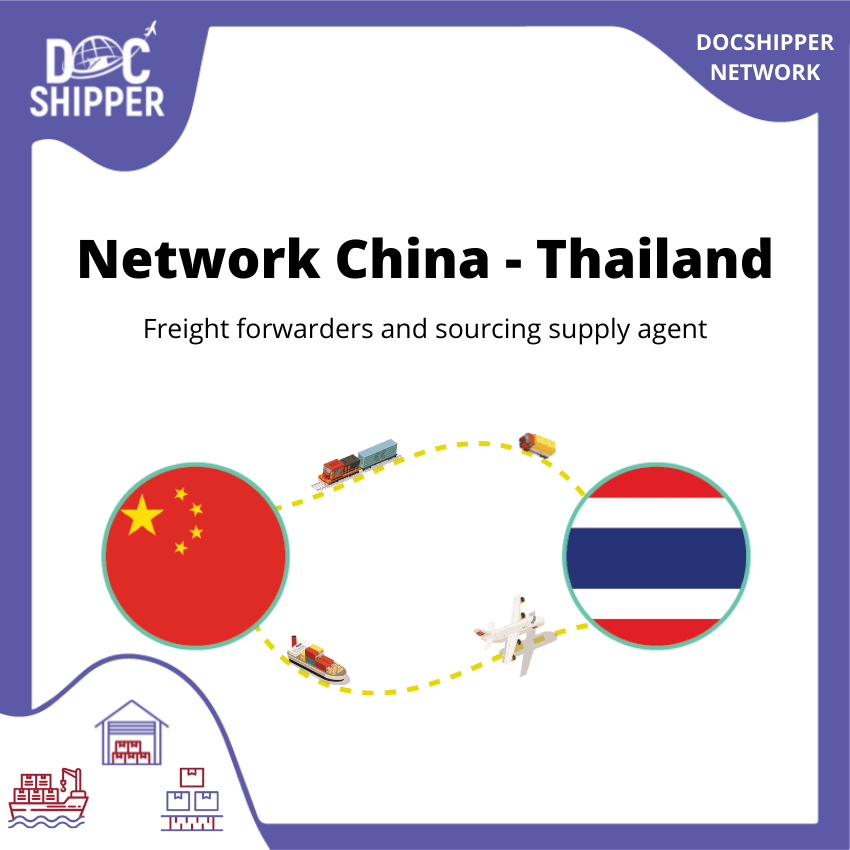









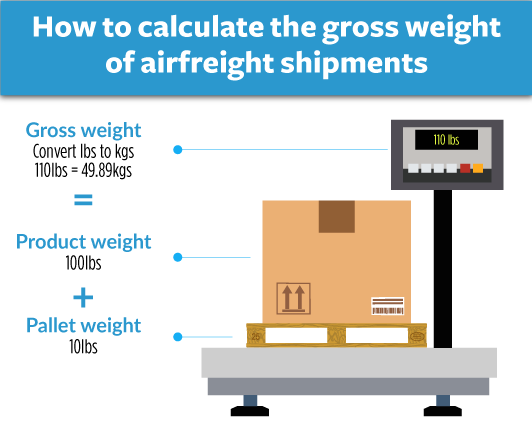
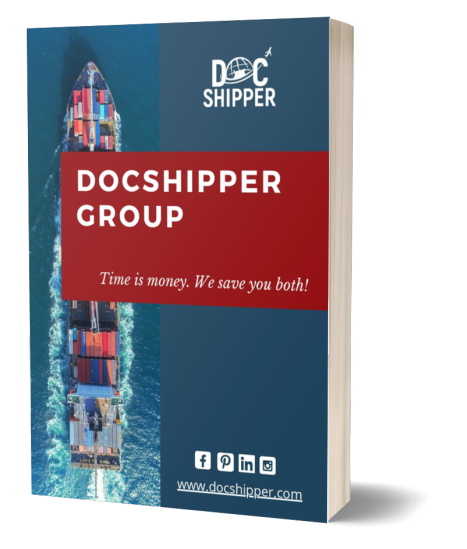
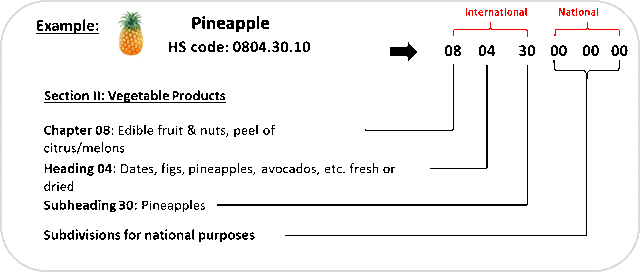
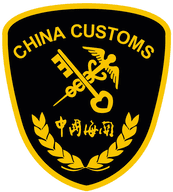











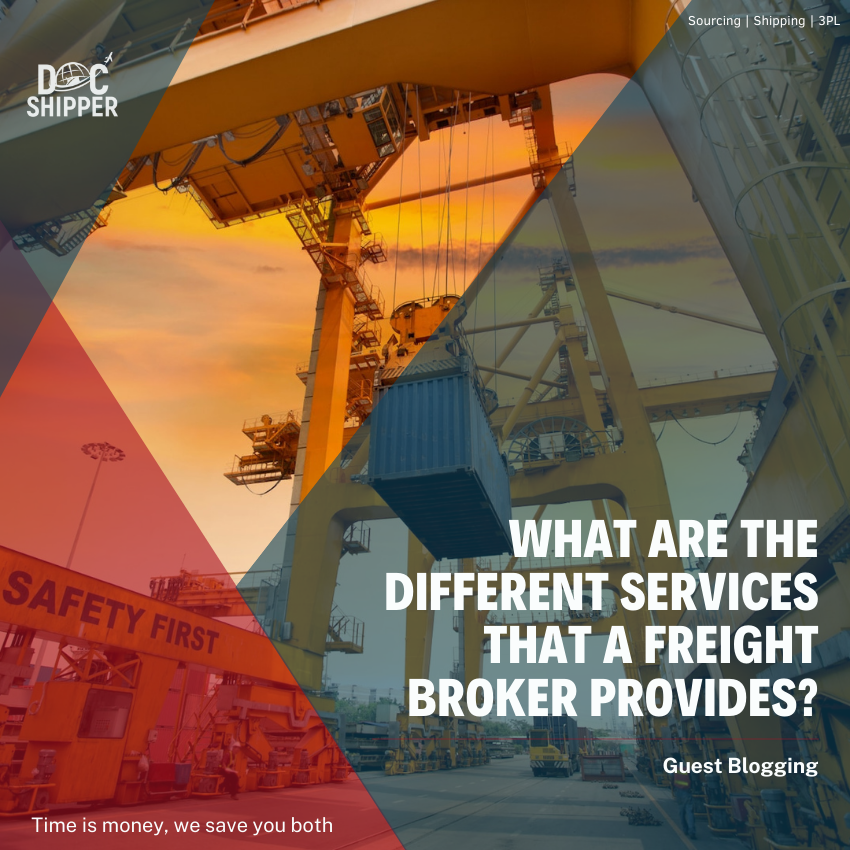
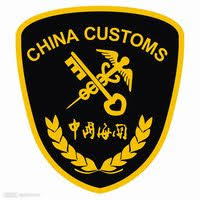
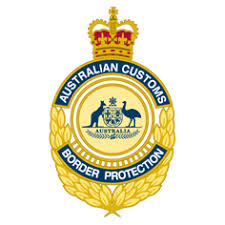
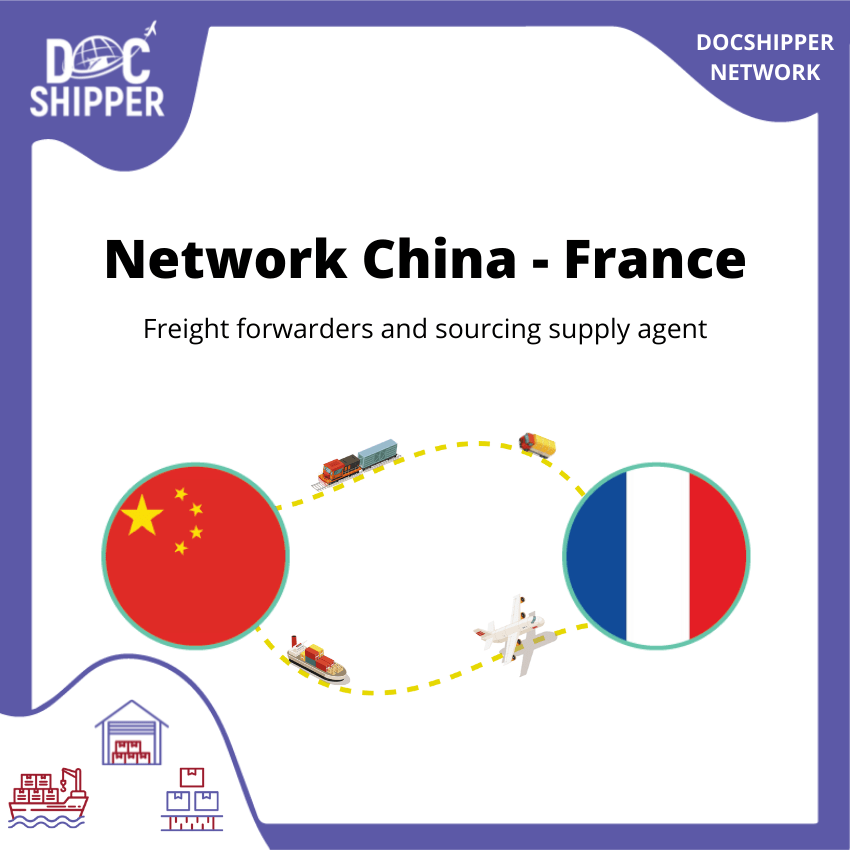
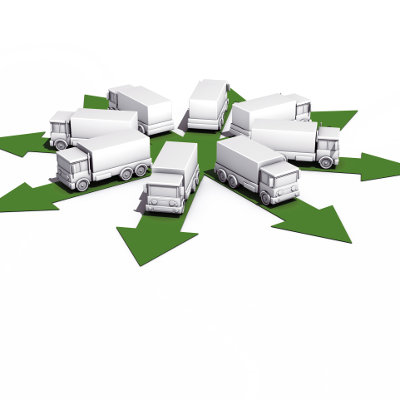
 Paris is separated by the Seine River and has 2 main airports,
Paris is separated by the Seine River and has 2 main airports, 





![How to Find a Reliable Manufacturer in China? [2023 Guide]](https://china.docshipper.com/wp-content/uploads/sites/7/2021/02/Lydia-FI-Wordpress-Sample.png)


